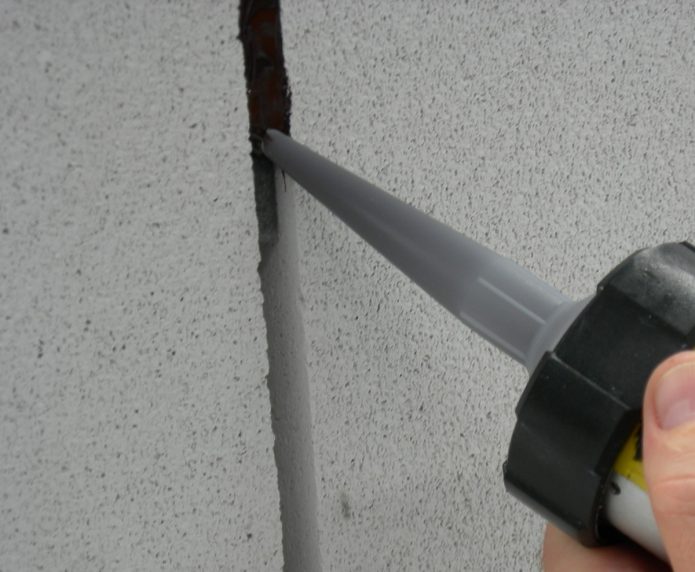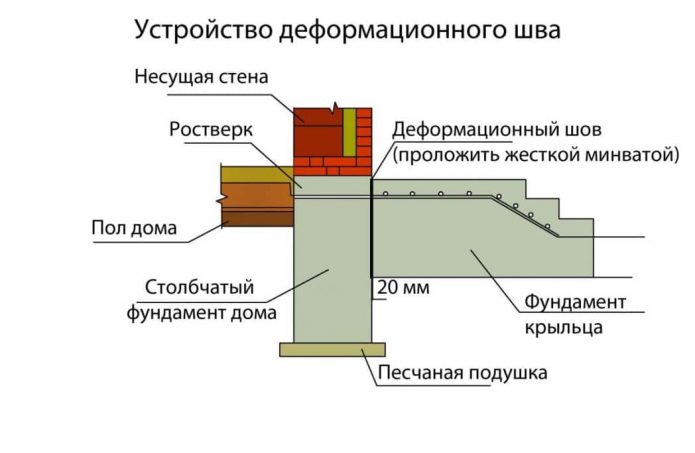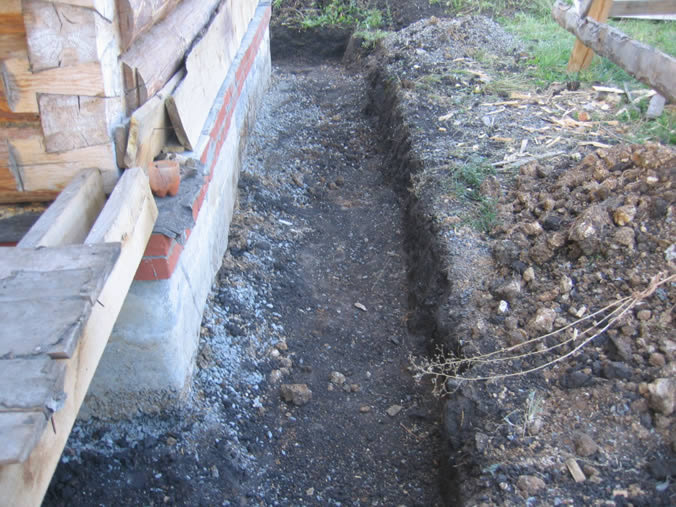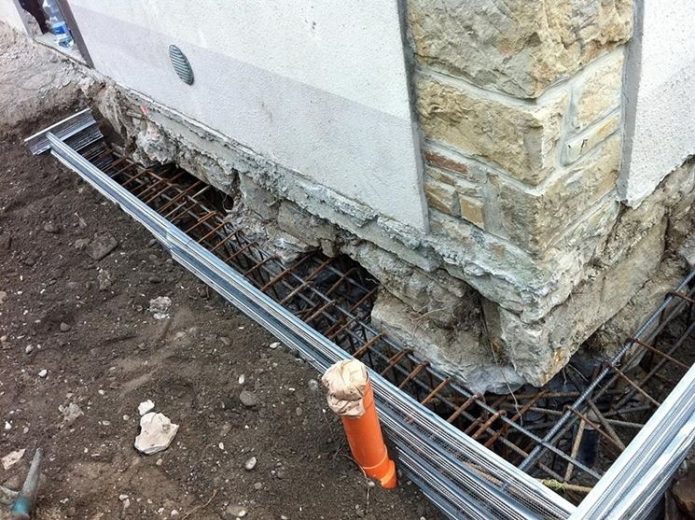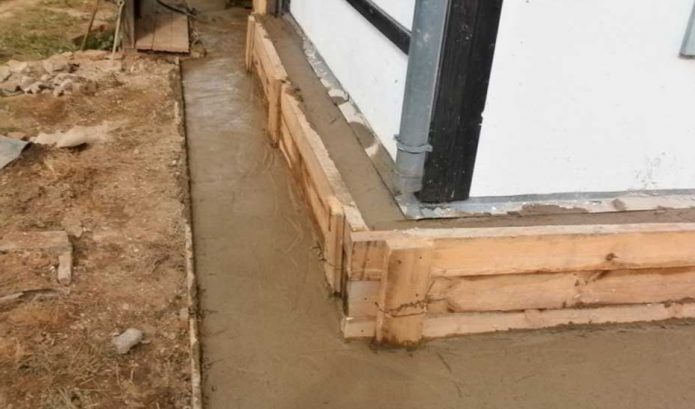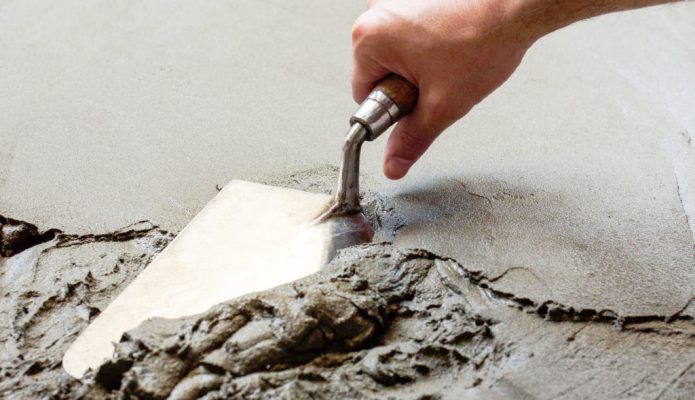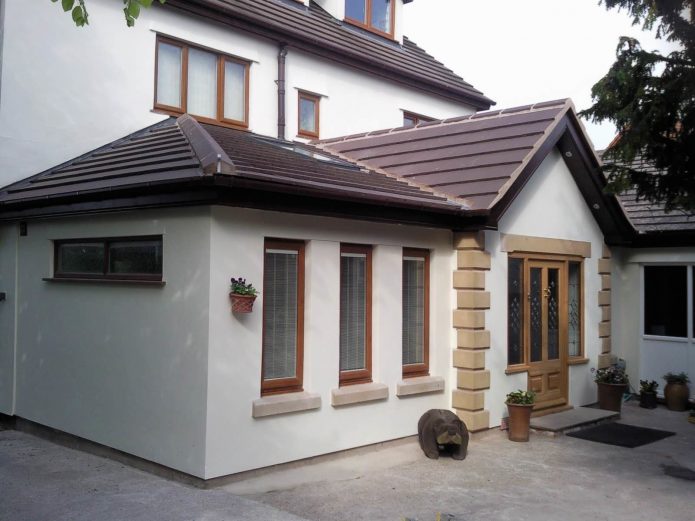How to repair the crack between the house and the extension: step by step instructions
A great opportunity to increase the area of a private house is to build an extension, making it a veranda, an additional room or kitchen. Over time, a gap may appear between the main and additional buildings. How to close the crack between the house and the extension and do it yourself?
Causes of Cracks
The first step in detecting a defect should be a thorough inspection and identification of the reasons that led to the appearance of the crack, because with the construction technology and the proper design of the house, it takes many years and does not collapse.
Most likely, the basement of the extension sags or “floats away” from the main building and pulls the entire structure. This occurs under the influence of several factors:
- incorrect calculation of soil resistance, freezing point;
- wrong choice of type and construction of the foundation;
- insufficient depth, foundation thickness;
- high groundwater level, seasonal increase in its level;
- unstable heaving clay soil;
- violations in the formation of sand and gravel cushions under the foundation, poor-quality ramming;
- construction under the already finished main building of the cellar or basement.
It turns out that the soil under the main structure has already compacted, the main natural shrinkage has passed, and the new extension, especially on the side farthest from the house, has not yet been compacted and is actively sagging - as a result, a crack appears.
To assess the degree of danger of the gap and the rate of its increase, special control beacons are used. At home, you can use two methods to measure the crack growth rate:
- stick a paper strip across the crack with the installation date stamp;
- make a gypsum strip from the solution and stick it across the gap.
Check the status of such a beacon regularly. If breaks are frequent and damage increases, then to solve this problem complex technical solutions and professional advice will be required. If there were no gaps during the verification process, the degree of danger is low, however, it is necessary to close the crack. First of all, it is necessary to eliminate the cause of the flaw, otherwise the destruction will continue, and all repair work will go down the drain.
How to close the crack between the house and the extension
If the gap is small and has not increased during the year, then the best solution would be to make an expansion joint out of it. To do this, it is necessary to clean the gap well from dust and prime the surface, then fill all voids with elastic sealant or polyurethane foam, which has good heat-insulating properties. You can use mineral wool, having previously rolled it into tight rolls. After hardening, cut off the excess foam and close the seam with a decorative filler or wipe the joint with cement mortar.
To eliminate the excessive subsidence of the foundation from the outside, it is necessary to reduce the load and distribute it over a large area using various reinforcement methods.
To strengthen the foundation, you will need the following tools and materials:
- shovel, punch;
- level, tape measure;
- metal fittings;
- boards or polystyrene to create formwork;
- cement, water, sand and crushed stone for mixing the solution.
For example, to pour transverse support sleepers made of concrete under the foundation, you need to dig transverse trenches about 0.5 m wide and 1.5 m long from the foundation line. The bottom of the trench should be below the base of the foundation in order to make a dense cushion for concrete, then pour crushed stone and sand, tamp, assemble the formwork, and lay reinforcement rods in the undermining under the foundation and fill with mortar, thus creating reinforced transverse support.
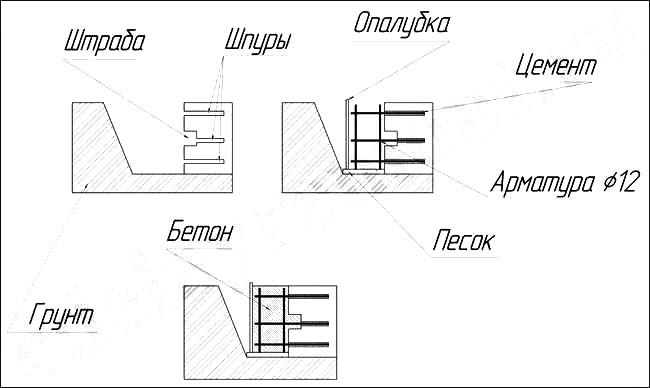
You can make longitudinal reinforcement by filling it in separate parts. This method works great with a shallow strip foundation, increasing the area of its sole, or when the corner part of the extension sags.
Stages of work:
- Divide the entire length of the wall into intervals of 1.5–2 m and dig a trench along the foundation close to it, but only in the first section. The width of the trench should be equal to or greater than that of the old tape, and the bottom is lower than the foundation to fit a sand-gravel cushion.
- Drill holes in the main tape for the subsequent binding of the reinforcing element and shafts for better adhesion of concrete, then insert the reinforcement into the holes and fix them with cement, then assemble the reinforcing frame and formwork, releasing several rods to connect the elements together and combine them into a single structure.
- Pour with concrete mortar, withstand hardening time - the first support element is ready. In the same way, fill in all sections in turn.
- Only after the foundation has been strengthened can the foam be blown up with foam or filled with mineral wool, polystyrene foam and rubbed with cement mortar.
How to prevent cracking
The annex and the old building are conditionally independent structures. They should not have a rigidly bonded roof or foundation. When constructing an extension, some recommendations should be observed to prevent cracking and delamination from the main structure, aimed at reducing the difference in soil density and the degree of subsidence:
- make a foundation of the same depth as the house, leaving an allowance for shrinkage;
- compact the soil under the extension to increase its density;
- increase the width of the foundation and the base under it to reduce subsequent subsidence;
- perform high-quality drainage for timely drainage of groundwater;
- make bandaging of the walls at the bottom of the masonry with metal jumpers or reinforcement;
- leave a deformation seam.
For fast water drainage, in addition to underground drainage, you need to make gutters and blind areas under a slight slope from the walls of the house.
If you correctly determine the reason for the extension of the extension from the main structure and prevent cracking of the wall in time, then you can cope with the problem and repair such a crack on your own. This is a time consuming process, but it does not require significant financial investments. In serious cases, it is better to call professional builders for consultation and repair - they will do the necessary work and help stop the further destruction of the house.


